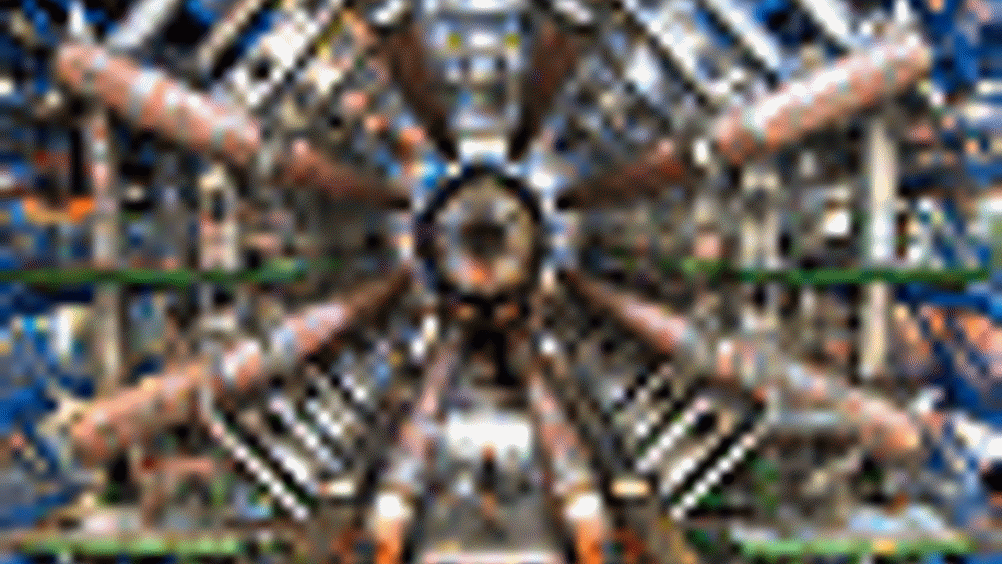Bottling the big bang
This summer CERN’s scientists will recreate the conditions that existed just after the universe began. Stuart Nathan examines the technology that will make this possible.

The air of anticipation around CERN, the European Organisation for Nuclear Research near Geneva, is palpable. In a matter of weeks, the world’s most powerful particle accelerator, the Large Hadron Collider (LHC), will start operating, hurling subatomic particles around its 27km circumference at almost the speed of light. Two months later, the two contra-rotating beams will be squeezed, focused and aimed at each other to collide with colossal force, creating conditions that existed millionths of a second after the Big Bang.
The physics goals of the LHC are mind-boggling. Discovering the Higgs boson, the particle that explains the origins of mass; explaining why the universe is made of matter not anti-matter; freeing the constituent parts of the particles that make up the nuclei of atoms; possibly making minute black holes which, in passing, would indicate that alternate dimensions exist. But in order to answer these questions, equally mind-blowing engineering has been brought into play, 100m below the ground in the tunnels and caverns that make up the LHC complex.
Register now to continue reading
Thanks for visiting The Engineer. You’ve now reached your monthly limit of premium content. Register for free to unlock unlimited access to all of our premium content, as well as the latest technology news, industry opinion and special reports.
Benefits of registering
-
In-depth insights and coverage of key emerging trends
-
Unrestricted access to special reports throughout the year
-
Daily technology news delivered straight to your inbox










Water Sector Talent Exodus Could Cripple The Sector
Maybe if things are essential for the running of a country and we want to pay a fair price we should be running these utilities on a not for profit...